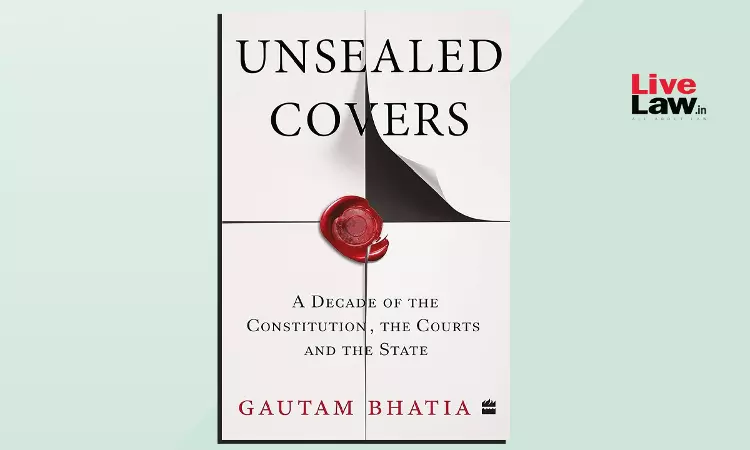In the realm of Constitutional Jurisprudence, there are moments when a new book emerges, promising to quench the thirst of eager aspirants and enthusiasts alike. One such moment has arrived with the release of Gautam Bhatia's eagerly awaited masterpiece, "Unsealed Covers." So, without further ado, let us embark on a journey into the heart of this book, unveiling the...

